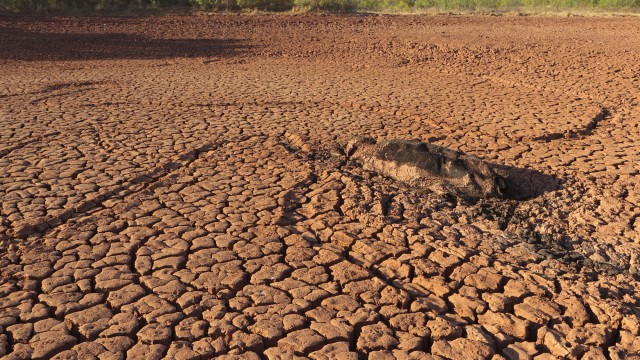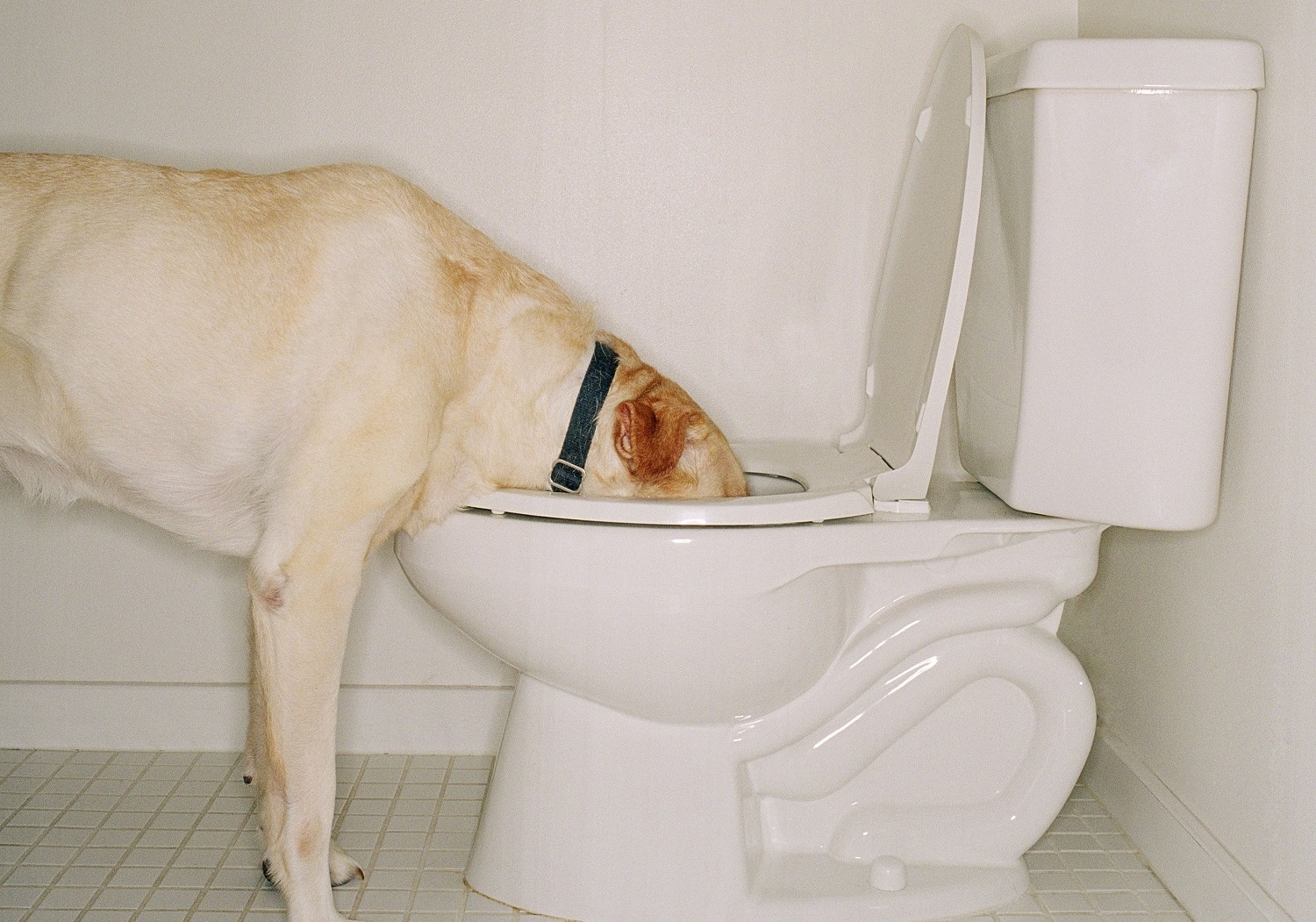World News – The old adage of “desperate times call for desperate measures” has been taken up by a drought-stricken Texas town that’s looking to a new source for its drinking water: its toilets. Wichita Falls, a city of about 100,000 located in the north of the state, is well into its third year of the severe water shortage that’s affecting much of much of the west. Mandatory water conservation measures have already reduced residents’ water usage by more than a third, but when city officials realized that remaining water supplies would still run out in about two years, they decided that Fido was on to something when he deigned to drink from the porcelain bowl.
 OK, not exactly. The city’s new direct potable reuse project, as it’s called, is far more involved than slaking your thirst at the toilet rather than at the tap. Instead, in a $13 million effort designed by Wichita Falls’ Public Works department, the city has installed a 13-mile pipeline connecting its water treatment plant (where ordinary tap water is filtered and purified before entering the city’s pipes) with its wastewater treatment plant (i.e., all the stuff that goes down drains—not just toilet water, which makes up about 20 percent of the mix, but also water from sinks, tubs, washing machines, and dishwashers), creating a two-destination, multi-step cleansing system. Wastewater is first treated at its respective plant, then sent down the pipeline to be treated once more with all the rest of the drinking water. The project, now in its final stages of testing, should begin producing about five million gallon of water per day by early July.
OK, not exactly. The city’s new direct potable reuse project, as it’s called, is far more involved than slaking your thirst at the toilet rather than at the tap. Instead, in a $13 million effort designed by Wichita Falls’ Public Works department, the city has installed a 13-mile pipeline connecting its water treatment plant (where ordinary tap water is filtered and purified before entering the city’s pipes) with its wastewater treatment plant (i.e., all the stuff that goes down drains—not just toilet water, which makes up about 20 percent of the mix, but also water from sinks, tubs, washing machines, and dishwashers), creating a two-destination, multi-step cleansing system. Wastewater is first treated at its respective plant, then sent down the pipeline to be treated once more with all the rest of the drinking water. The project, now in its final stages of testing, should begin producing about five million gallon of water per day by early July.
Although the thought of filling one’s glass with liquid that once traveled through the sewer system is anything but palatable, the project’s manager, city employee Daniel Nix, insists that the scrubbed toilet water will be indistinguishable from ordinary drinking water.
“There is not anything to worry about on this,” Nix said.
He explained that during Texas’ last major drought in the 1990s, Wichita Falls began exploring unorthodox ways to secure more drinking water for its populace. This time around, the city dusted off that research and in re-examining its findings, determined that its wastewater treatment plant was already producing quite a fine draught.
“We took the water that had been through wastewater plant processes, and looked at the quality,” Nix said. “And we found that of the 97 current standards that need to be met for water to be considered potable, that water met 94 of the 97 already.”
The three remaining criteria that are treated at the water’s second stop, the water treatment plant, are microbes, nitrates, and trihalomethanes, the cancer-causing byproducts of disinfecting chemicals like bleach and chlorine. In a long and complicated process involving microfiltration, reverse osmosis, a 50-50 mix with local lake water and re-filtration, that special Wichita Falls brew is ready to be served up on ice. Thirsty yet?
Understandably, some local residents aren’t.
“I do get those people that say, ‘I’m not gonna drink it, I’m gonna switch to bottled water,’” Nix admitted. But he insisted that most of the citizens he hears from support the project. “The information I get is that people want this,” he said. “The public realizes we’re running out of water.”
Though Wichita Falls’ plan might seem audacious, it’s in fact the second Texas town to take on toilet water. Big Spring, due southwest about 250 miles, started sending its “toilet to tap” beverage through city pipes last spring, and currently produces about two million gallons per day. And in Windhoek, Namibia, the world’s first direct potable reuse system has been chugging along since 1968.
Nix is fond of citing the sage words of Dr. Lucas van Vuuren, the founder of the Windhoek project:
“Water should be judged not by its history, but by its quality.”
Written by LAUREN ROTHMAN, from http://munchies.vice.com/

